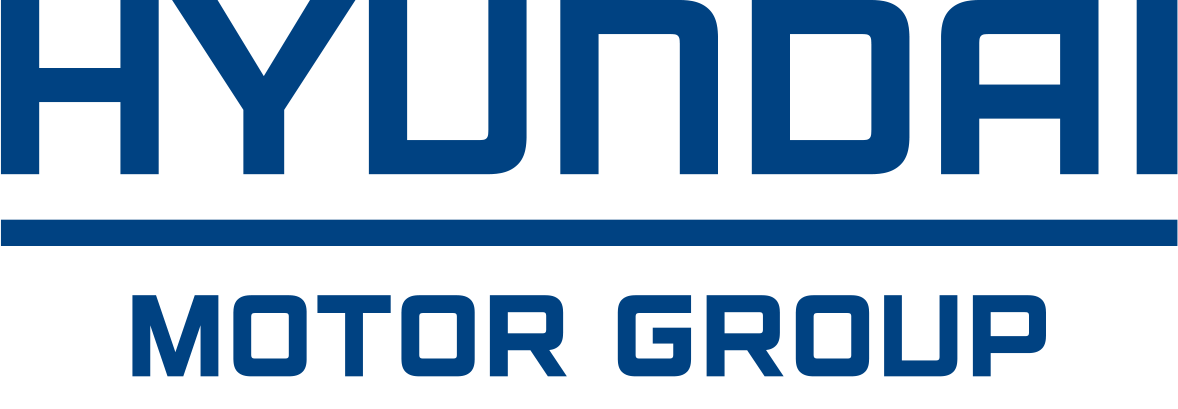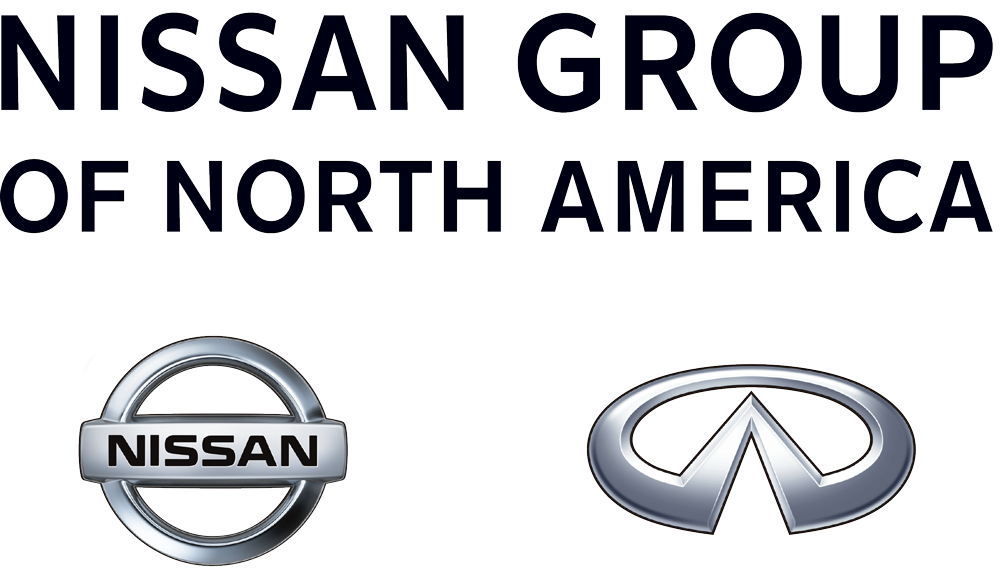ADAS Application: Automatic Emergency Braking
This course provides an overview of an ADAS AEB system, the development cycle processes, system level requirements, design architecture and considerations for a functional safety (ISO-26262) perspective, and a general overview of algorithm concepts.
Cybersecurity: An Introduction for the Automotive Sector
This seminar introduces critical cybersecurity concepts and puts them in an automotive context. It cuts through to the "so what" basics that enable understanding and provides ideas to implement in your company.
Emissions-Related OBD Systems: A Design Overview
This seminar is designed to provide an overview of the fundamental design objectives and the features needed to achieve those objectives for generic on-board diagnostics. The basic structure of an on-board diagnostic will be described along with the system definitions needed for successful implementation.
Fundamentals and Applications of Electric Motors for Automotive Industries
Did you know some electric vehicles have more than 60 electric motors in them? Get an introduction to the fundamental physics-based principles of electric motors so you are equipped with a working knowledge to address design challenges.
Infrared Camera for ADAS and Autonomous Sensing
In-depth calculation for infrared camera illumination and eye safety with focus on driver monitoring for interior and machine vision for exterior. Participants will receive insights into rolling and global shutter imagers, wavelength selection, use of secondary optics, continuous vs pulsed IRED operation, thermal design, power consumption, eye safety certification and HMI considerations.
Introduction to Radar for Automotive Applications
This introduction to radar focuses on understanding how radars work and the trade offs that must be made to achieve its specified performance, focusing on applications to automotive safety and autonomy.
LIDAR for ADAS and Autonomous Sensing
Discover information about LIDAR – flash, scanning, wavelengths, lasers, detectors, scanners, range and resolution calculations, optics, thermal design, challenges to automotive qualification, and sensor fusion. Plus, a discussion on trends and challenges facing optical sensing in autonomous vehicles.
Overview of Highly Automated Vehicles
The course covers behavioral competencies, like autonomous braking, steering, and merging, reviews various sensors, and their strengths and weaknesses, and discusses the HAV software stack and how the various pieces work together to perceive the world and move through it.
The Role of Connected and Autonomous Vehicles in Smart Cities
This course fills an unmet need for defining and explaining the relationship between connected and autonomous vehicles (CAVs) and smart city transportation.

Basic Tire Mechanics and Applications
The course will provide you with information that you can use immediately on-the-job and apply to your own vehicle, including basic tire mechanics, tire construction components based on application type, required sidewall stamping in accordance with DoT/ECE regulations, tread patterns, regulatory and research testing on quality, tire inspections and basic tire failure identification.
Introduction to Brake Control Systems: ABS, TCS, and ESC
This comprehensive seminar introduces participants to the system-level design considerations, vehicle interface requirements, and inevitable performance compromises that must be addressed when implementing these technologies.
Introduction to Brake Noise, Vibration, and Harshness
A summary of the various brake NVH problems, current lab and vehicle measurement techniques and SAE global standards which are utilized to characterize the noise correctly in order to get the best option/solutions quickly. The information provided will serve as an excellent foundation for understanding and characterizing brake NVH issues.
Brake Noise Problem Resolution
Brake noise is one of the highest ranked complaints of car owners. Consumer expectations and the high cost of warranty repairs are pushing the optimization of brake NVH performance. This course will provide you with an overview of the various damping mechanisms and tools for analyzing and reducing brake noise, including case studies demonstrating how brake noise issues have been successfully resolved.


























